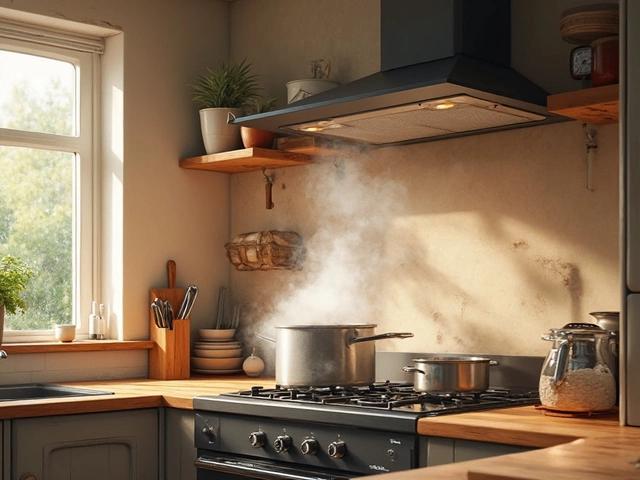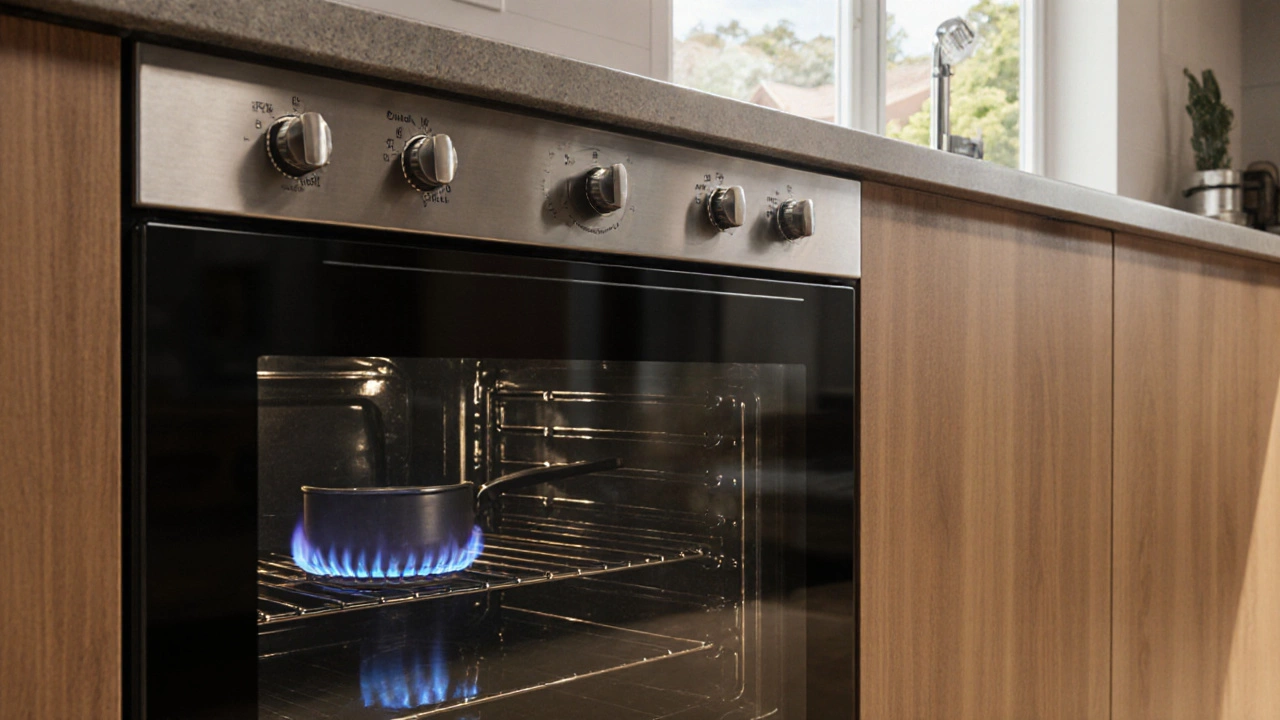Oven Replacement Cost – What You Need to Know Before You Buy
When dealing with oven replacement cost, the total expense of swapping a faulty oven for a new unit. Also known as oven upgrade expense, it covers the price of the appliance, labour, disposal, and any wiring adjustments. Understanding this cost starts with recognizing related ideas like oven repair, the process of fixing a broken oven to extend its life, the appliance lifespan, how long a kitchen appliance typically works before major failure, and energy efficiency, the amount of power an oven uses to heat food relative to its output. All of these influence whether you decide to replace or repair, and they shape the overall budget you should plan for.
First, the age of the oven sets a baseline. An 8‑year‑old electric model often hits the sweet spot where repair parts become scarce and energy use spikes. Older units also pose kitchen safety, concerns about faulty wiring or gas leaks that can endanger your home. Labour rates vary by region, but a typical installation in Rugby adds £80‑£120 to the bill, especially if new electrical circuits are required. Disposal fees are another hidden line item; many councils charge £30‑£50 for removing a bulky appliance. Finally, the brand and energy rating matter: a high‑efficiency A+++ oven may cost more upfront, but it can shave £30‑£50 off your annual electricity bill, making the overall investment more attractive.
When weighing repair against replacement, look at the cost‑benefit ratio. Minor faults like a faulty heating element often cost £70‑£120 to fix, which is reasonable if the oven still has several useful years left. However, recurring issues—temperature sensor failures, cracked door seals, or outdated controls—can quickly add up to £300 or more, eroding the value of any repair. Compare that to the average replacement price of £500‑£900 for a modern, energy‑saving model. If the oven replacement cost is less than twice the repair estimate and the appliance is nearing the end of its typical 10‑15‑year lifespan, swapping out is usually the smarter choice. This decision also reduces the risk of future breakdowns and improves kitchen safety, especially for gas‑fired units.
There are ways to keep the bill down without sacrificing quality. Look for end‑of‑season sales; retailers often discount ovens by 10‑20% in late winter. Some manufacturers offer trade‑in rebates when you return an old unit, effectively cutting the net cost. If you’re comfortable handling light electrical work, you can save £50‑£80 on labour by prepping the site yourself—just be sure to switch off the mains and follow safety guidelines. Choosing an A‑rated or better model also brings long‑term savings through lower energy consumption. Finally, bundle the replacement with other kitchen services—like extractor fan cleaning or fridge checks—to negotiate a better overall package with your local repair firm.
Armed with this overview, you can now dive into the detailed articles below. They break down specific scenarios, from budgeting for a brand‑new oven to deciding when a repair is worth the money, and they offer practical checklists to help you plan the swap with confidence.






